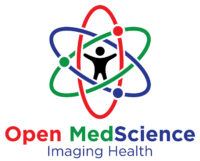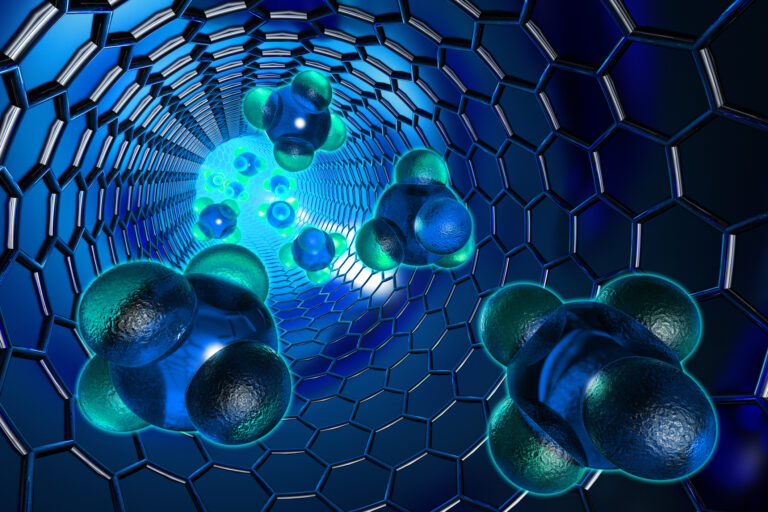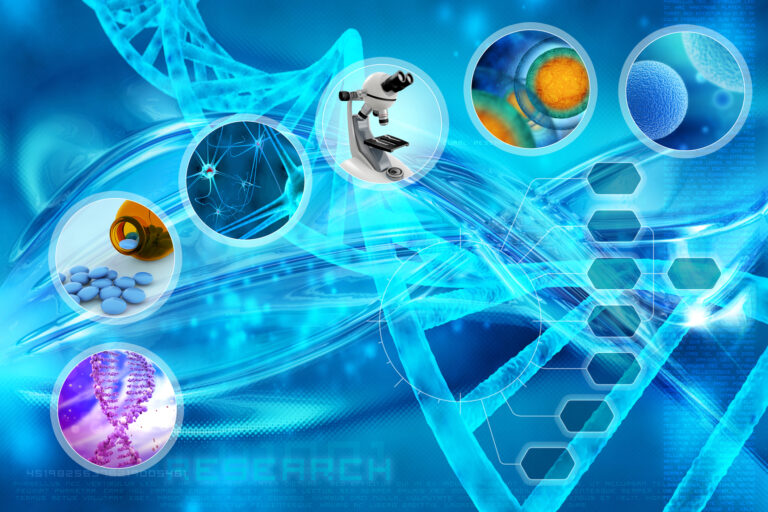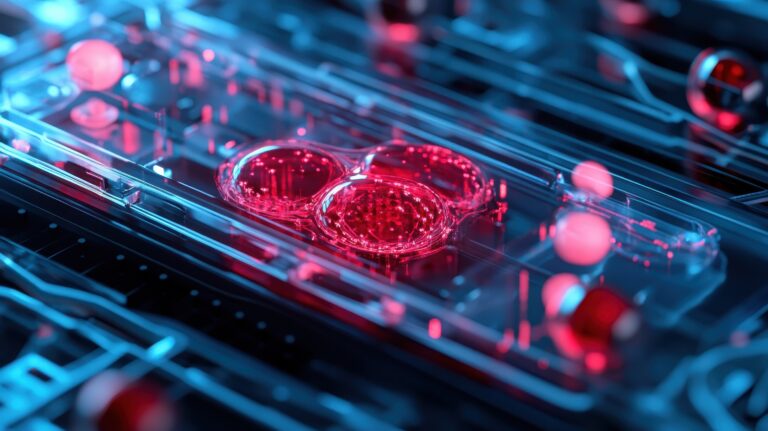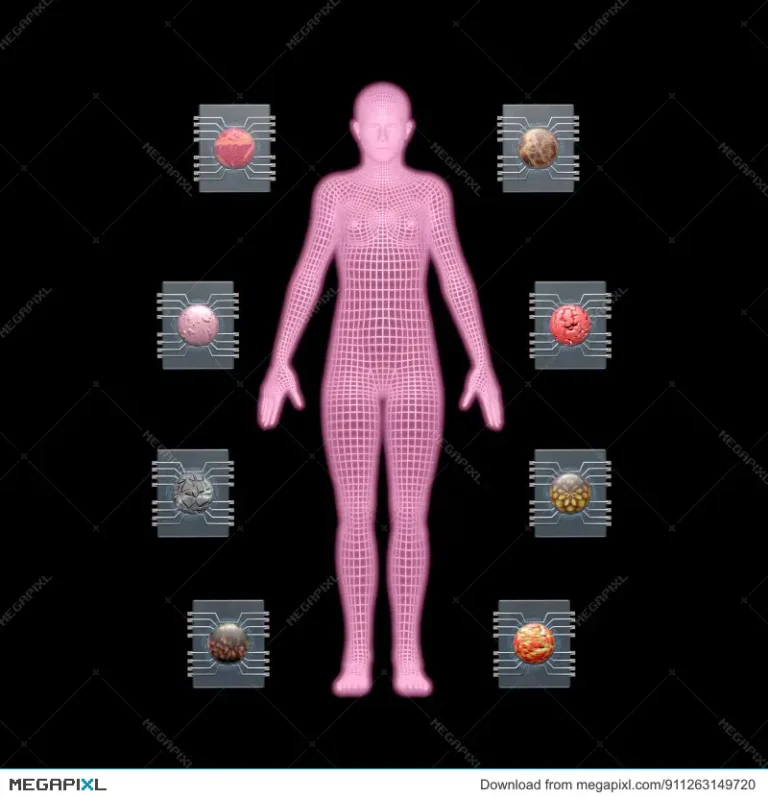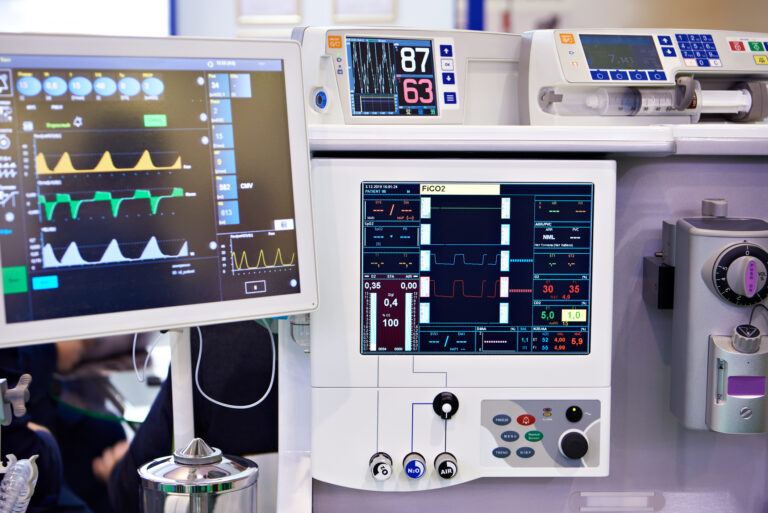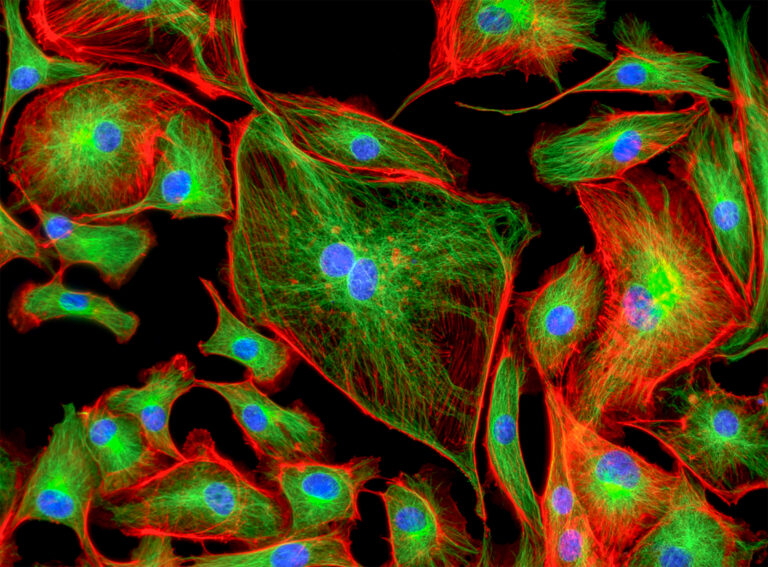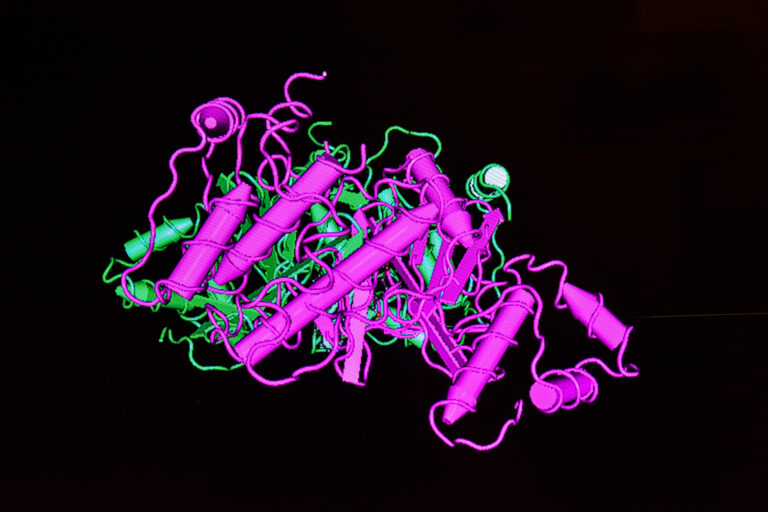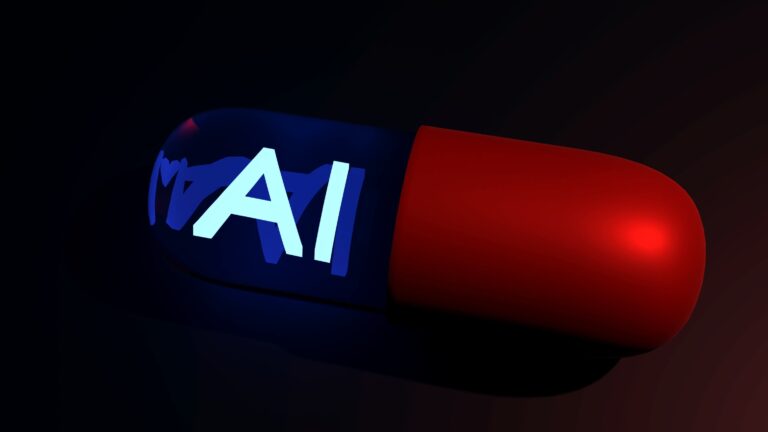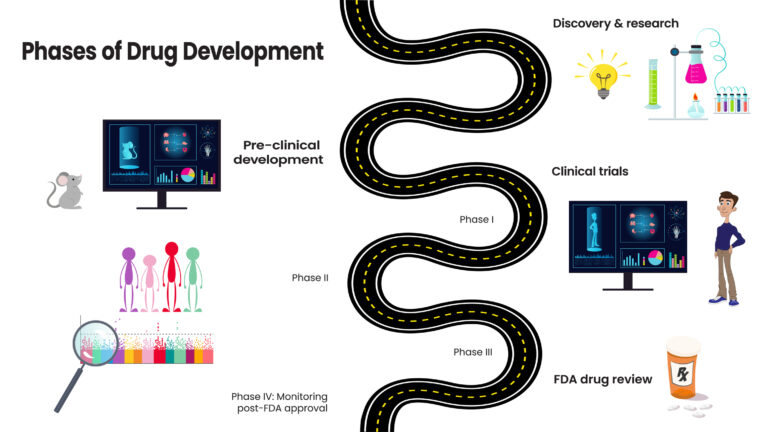Imaging for Drug Delivery
Imaging for drug delivery is a rapidly evolving field that combines cutting-edge imaging techniques with pharmaceutical science to improve the development, delivery, and monitoring of therapeutic agents. By visualising the behaviour of drugs within the body in real time, researchers and clinicians can gain valuable insights into their distribution, effectiveness, and safety. This approach is particularly significant in the quest for personalised medicine, enabling the optimisation of treatment strategies tailored to individual patients.
Advancing Drug Delivery Systems
Drug delivery systems aim to transport therapeutic agents to specific tissues or cells, minimising systemic side effects while maximising efficacy. Traditional delivery methods often rely on systemic administration, where the drug is distributed throughout the body. However, advanced drug delivery systems, such as nanoparticles, liposomes, and hydrogels, are designed to target specific sites more effectively. Imaging plays a crucial role in validating and refining these systems by tracking the journey of the drug from administration to its intended destination.
Imaging Modalities
A variety of imaging modalities are employed to study drug delivery. Each has its strengths and limitations, depending on the type of drug, target site, and required resolution.
- Magnetic Resonance Imaging (MRI): MRI is widely used due to its high spatial resolution and ability to provide detailed anatomical and functional information. Contrast agents can be incorporated into drug formulations to track their progress.
- Positron Emission Tomography (PET): PET imaging is particularly useful for quantifying drug distribution and pharmacokinetics. Radiolabelled drugs allow precise localisation and measurement of therapeutic agents within the body.
- Optical Imaging: Techniques such as fluorescence and bioluminescence imaging enable the visualisation of labelled drugs at a cellular level. These methods are often used in preclinical studies.
- Computed Tomography (CT): CT is less commonly used for drug delivery but is valuable when combined with other modalities, such as PET, in hybrid systems like PET/CT.
- Ultrasound: Ultrasound imaging, often paired with microbubbles, is a non-invasive and cost-effective option. It can also enhance drug delivery by disrupting barriers such as the blood-brain barrier.
Applications and Challenges
Imaging for drug delivery has diverse applications, from oncology to neurology and infectious diseases. For instance, imaging can evaluate whether cancer drugs effectively penetrate tumours or assess the ability of neurotherapeutics to cross the blood-brain barrier. However, challenges remain, including the need for biocompatible imaging agents, the high cost of advanced equipment, and the difficulty of translating findings from preclinical to clinical settings.
Future Perspectives
As imaging technologies continue to advance, their integration with drug delivery will likely become more sophisticated. Emerging fields such as theranostics—where diagnostic and therapeutic agents are combined—represent the future of personalised medicine, promising safer and more effective treatments tailored to individual needs.
You are here:
home » Imaging for Drug Delivery
